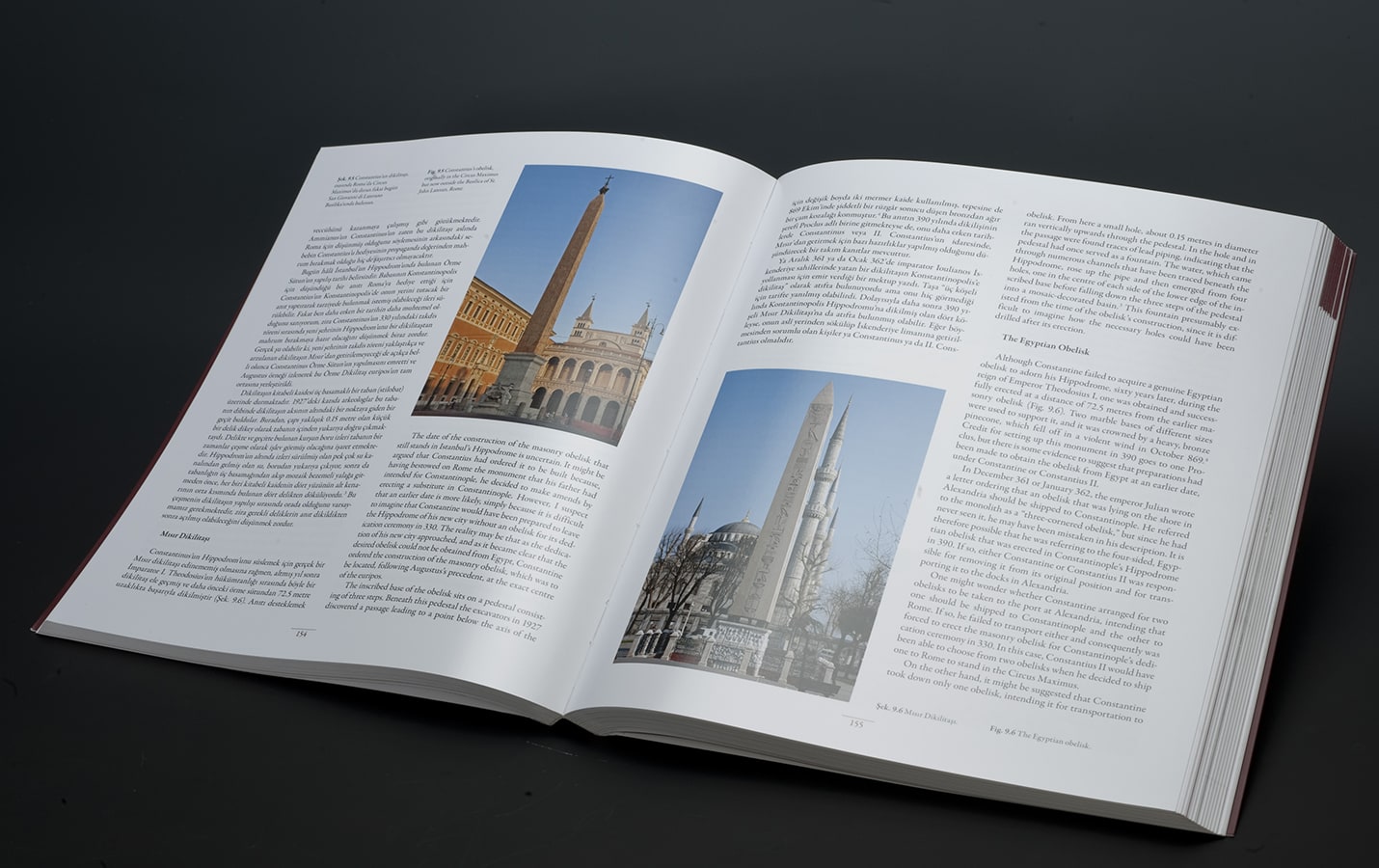February 16 - April 18, 2010
The Hippodrome was the largest and one of the most significant buildings in Byzantine Constantinople. Located in the heart of the city beside the Great Palace, it was not only an arena for chariot races -the most exciting and popular spectator sport from the 4th to the 7th century- but also a place where emperors were created, military victories celebrated, and rulers collectively acclaimed by the people. Atmeydanı, on the other hand, became one of the most important and lively public spaces of Ottoman İstanbul. “The Hippodrome/Atmeydanı: A Stage For İstanbul’s History” exhibition examined this very special and colorful square of the city, which has also hosted a variety of consequential incidents during the foundation of the Republic, through artefacts, architectural drawings, photographs and daily life objects, and took the İstanbulites on a tour of their city’s different recollection spanning from the 4th to the 20th century.
Exhibition Catalogue

The Hippodrome was the largest and one of the most significant buildings in Byzantine Constantinople. Located in the heart of the city beside the Great Palace, it was not only an arena for chariot...

A firm believer in the idea that a collection needs to be upheld at least by four generations and comparing this continuity to a relay race, Nahit Kabakcı began creating the Huma Kabakcı Collection from the 1980s onwards. Today, the collection can be considered one of the most important and outstanding examples among the rare, consciously created, and long-lasting ones of its kind in Turkey.

Pera Museum, in collaboration with Istanbul Foundation for Culture and Arts (İKSV), is one of the main venues for this year’s 15th Istanbul Biennial from 16 September to 12 November 2017. Through the biennial, we will be sharing detailed information about the artists and the artworks.

Berggren acquires the techniques of photography in Berlin and holds different jobs in various European cities before arriving in İstanbul. Initially en route to Marseille, he disembarks from his ship in 1866 and settles in İstanbul, where he is to spend the rest of his life.
Tuesday - Saturday 10:00 - 19:00
Friday 10:00 - 22:00
Sunday 12:00 - 18:00
The museum is closed on Mondays.
On Wednesdays, the students can
visit the museum free of admission.
Full ticket: 300 TL
Discounted: 150 TL
Groups: 200 TL (minimum 10 people)